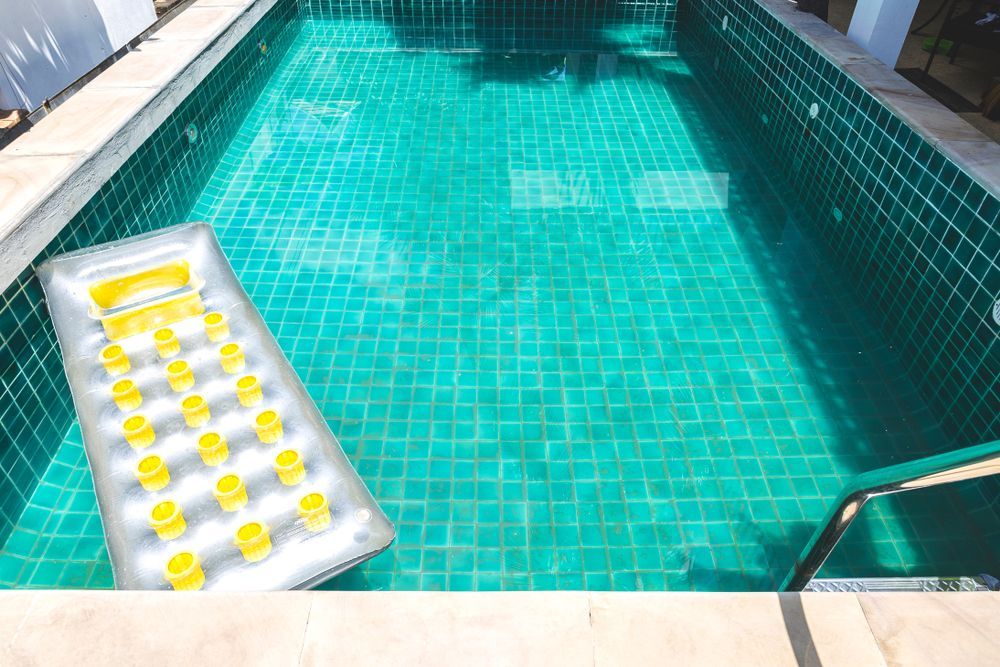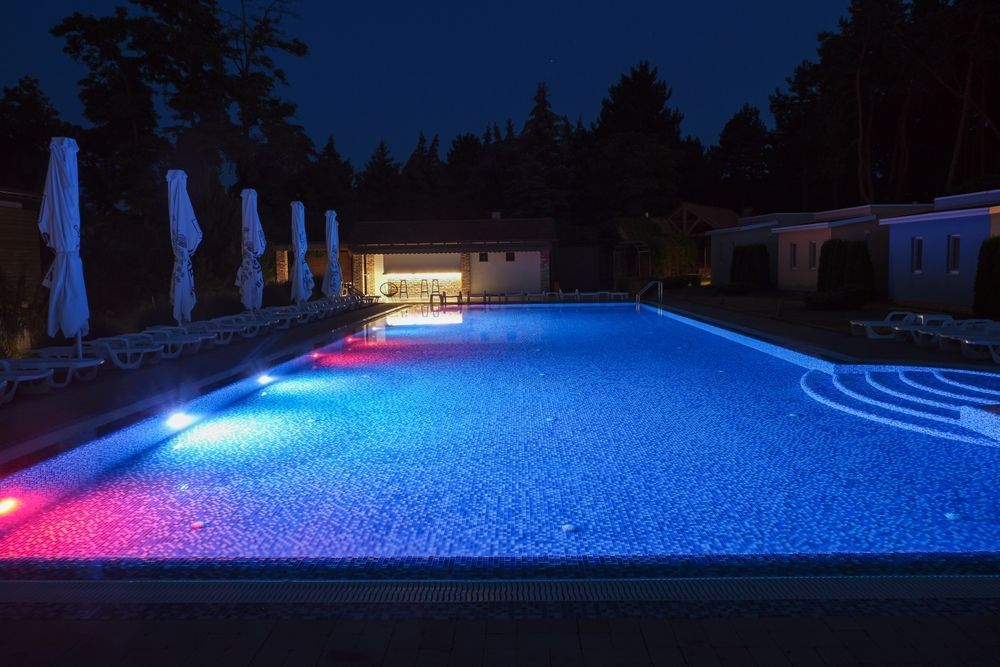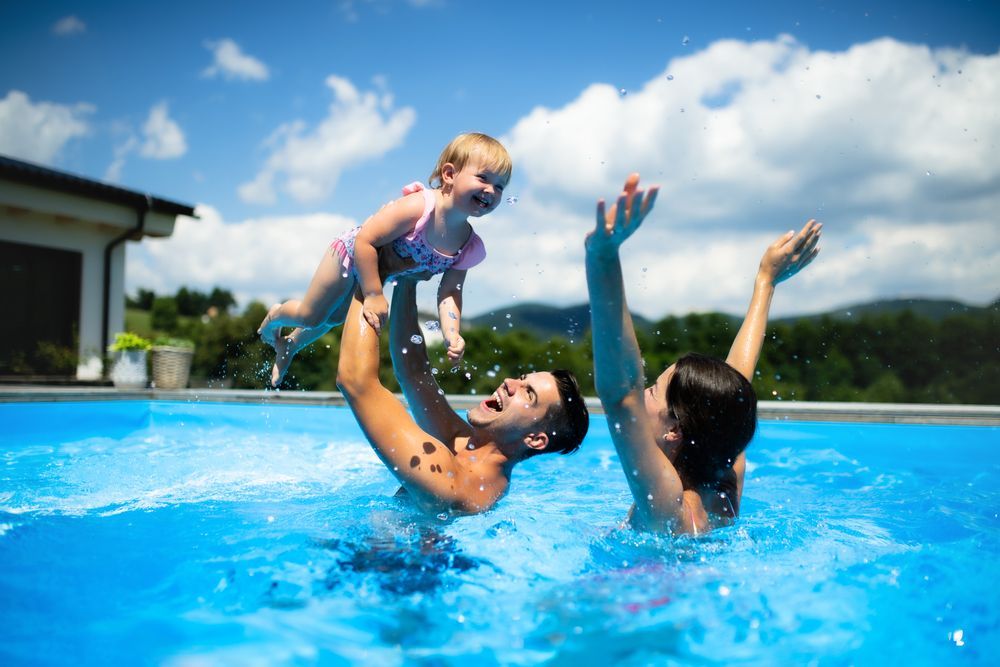Elevate Your Commercial Pool Experience with Oasis Pool Warranty and Services
At Oasis Pool Warranty and Service, LLC, we understand that a well-maintained commercial pool is essential to the success of any hospitality, fitness, or residential facility. A sparkling, clean, and fully functional pool enhances customer satisfaction and ensures compliance with local health and safety regulations. Our commercial pool service is designed to provide comprehensive solutions for pool maintenance throughout our extensive service area in South Carolina, ensuring that our clients' pools remain in top condition year-round. From routine inspections to emergency repairs, we offer a professional pool service tailored to meet the unique demands of commercial properties.
A commercial pool requires more than occasional cleaning; it needs consistent upkeep, expert oversight, and a proactive approach to prevent costly issues. Our team at Oasis Pool Warranty and Services specializes in commercial pool cleaning, ensuring that pools are always safe, sanitary, and welcoming. With a dedicated pool operator of record overseeing operations, our clients can rest assured that their pools meet all compliance standards and remain inviting for guests and patrons.
Comprehensive Pool Maintenance and Equipment Care
Proper pool maintenance extends beyond skimming leaves and testing the water. Our commercial pool service encompasses every aspect of pool care, from mechanical maintenance to chemical balancing. Routine upkeep is the key to preventing breakdowns, prolonging equipment lifespan, and ensuring a safe swimming environment. Our experienced technicians ensure compliance with state regulations and conduct routine visual and other inspections, while making necessary adjustments to maintain peak efficiency and functionality.
Pool equipment maintenance is an integral part of our services. We provide expert care for pumps, filters, heaters, and other essential components, ensuring they operate seamlessly. Equipment failures can lead to downtime and costly repairs, so we emphasize preventive maintenance to avoid interruptions in service. Our proactive approach minimizes disruptions and maximizes efficiency, allowing our clients to focus on providing an outstanding experience for their guests.
Maintaining Pool Chemical Balance for Optimal Safety
A properly balanced pool is crucial for the safety and comfort of swimmers. Poor water chemistry can lead to cloudy water, skin irritation, and even health hazards. At Oasis Pool Warranty and Services, we take the guesswork out of pool chemical balance by meticulously monitoring and adjusting water chemistry to meet industry standards. Our pool management service ensures that chlorine levels, pH balance, and alkalinity are maintained precisely, preventing harmful bacteria growth and ensuring water clarity.
Commercial pools require a higher level of vigilance in chemical management due to their heavy usage. Our team conducts regular water testing, adding necessary chemicals while adhering to strict safety guidelines. By maintaining a consistent chemical balance, we help clients avoid compliance issues, protect swimmers, and extend the life of pool surfaces and equipment. With our expertise, commercial pool operators can provide a safe and enjoyable swimming experience for all users.
Ensuring Pool Compliance and Regulatory Adherence
Navigating health codes and regulations can be overwhelming, but our team simplifies the process with expert pool compliance services. Oasis Pool Warranty and Services remains up-to-date with local and state regulations, ensuring that our clients' pools meet all necessary requirements. Our pool operator of record is responsible for overseeing adherence to health and safety codes, minimizing liability risks, and keeping facilities operational.
Non-compliance can lead to costly fines, shutdowns, and reputational damage. We work closely with property managers and facility owners to ensure that their pools remain in compliance through routine inspections, documentation, and prompt resolution of any identified issues. By entrusting compliance to our knowledgeable professionals, commercial pool owners can operate with confidence, knowing that their pools meet all legal and safety standards.
Professional Pool Operation Consultation for Long-Term Success
Managing a commercial pool requires expertise and strategic planning. Our pool operation consultation services equip businesses with the knowledge and resources needed to optimize pool performance. Whether a client is opening a new facility or looking to improve existing operations, our consultants provide valuable insights on best practices, cost-effective maintenance strategies, and staff training.
We understand that each facility has unique needs, so we tailor our recommendations to align with specific goals and budgets. From upgrading pool equipment to implementing energy-efficient solutions, we help clients make informed decisions that enhance the longevity and profitability of their pools. With Oasis Pool Warranty and Services as a trusted partner, commercial pool operators can confidently manage their facilities while providing an exceptional swimming experience.
Need Pool & Spa Services Near You?
At Oasis Pool Warranty and Services, LLC, we take pride in delivering top-tier commercial pool service in Columbia, SC. With our expertise in pool maintenance, pool equipment maintenance, and pool management service, we ensure that our clients' pools remain safe, clean, and compliant. Whether you need professional pool service for routine maintenance, chemical balancing, or compliance support, our team is here to help. Partner with us today to elevate your commercial pool experience and keep your facility running smoothly year-round.












